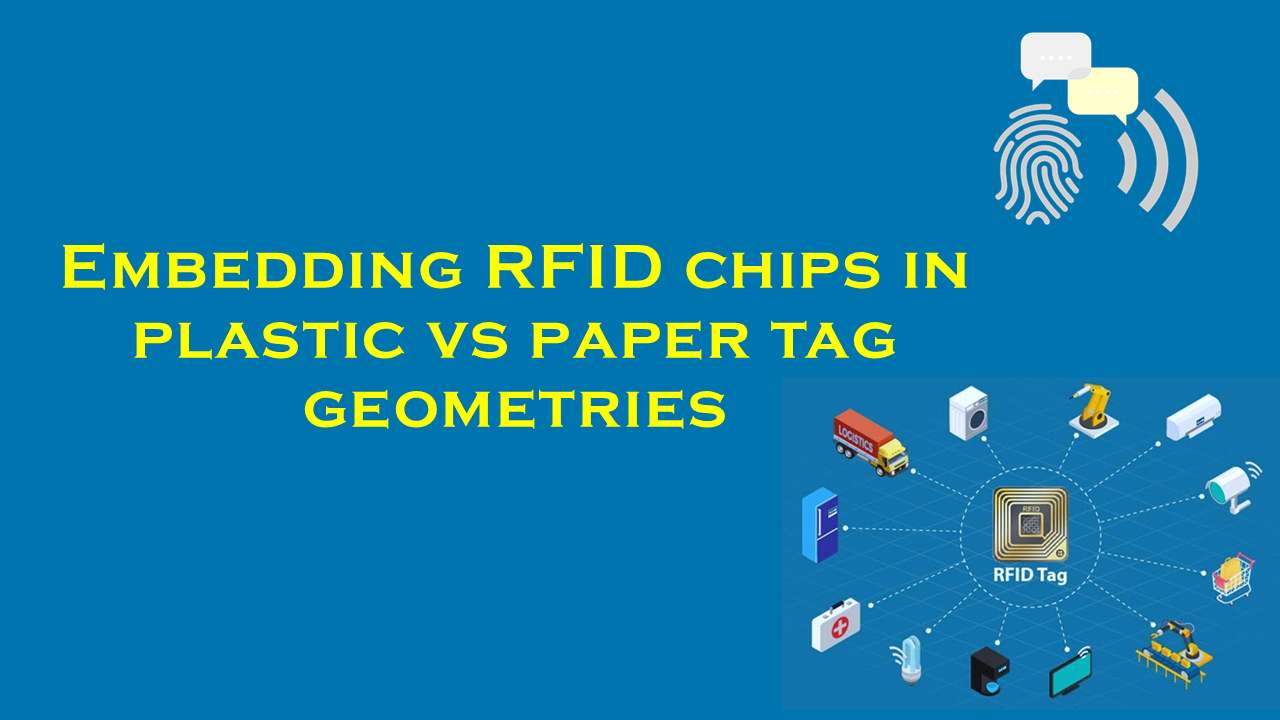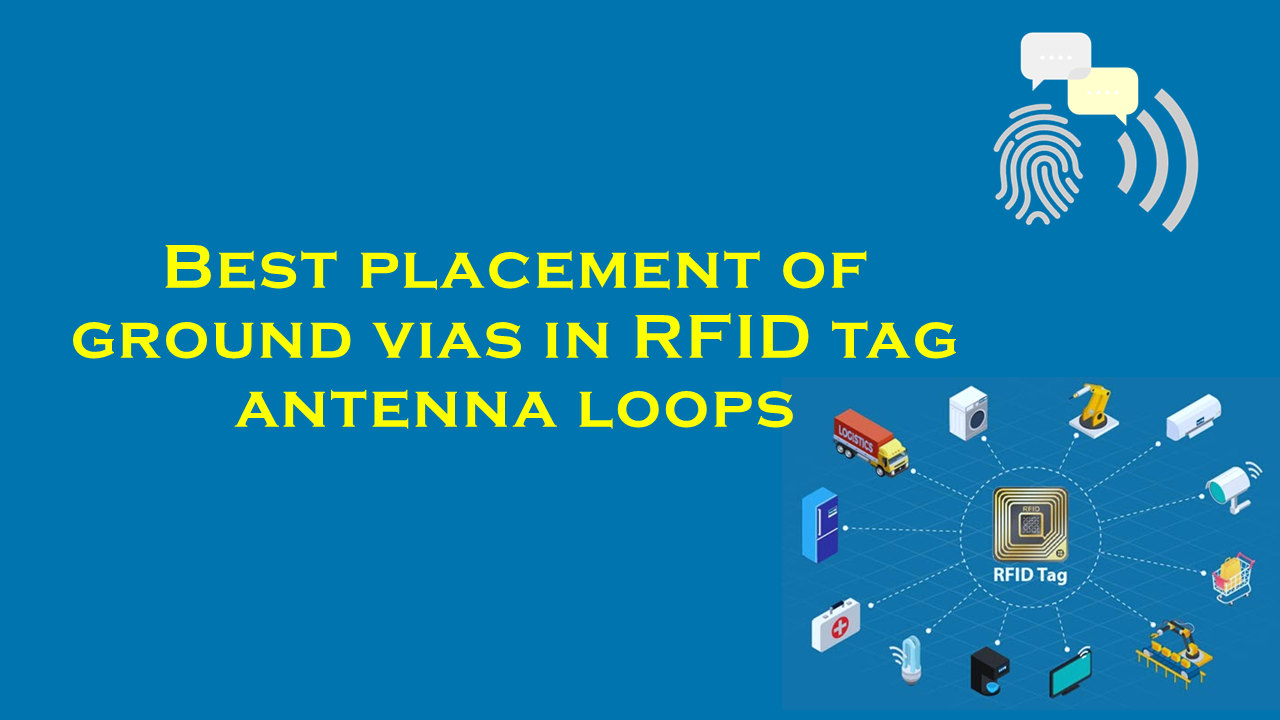Facial recognition vs RFID for employee time attendance systems

Facial Recognition vs. RFID for Employee Time Attendance Systems: A Comprehensive Comparison
Introduction
Employee time attendance systems have evolved significantly, shifting from manual punch cards to advanced technologies like Radio-Frequency Identification (RFID) and facial recognition. These innovations address the demand for accuracy, efficiency, and security in tracking employee hours. While RFID uses radio waves to identify tagged individuals, facial recognition leverages biometric data for authentication. This article explores the strengths, challenges, and applications of both technologies, supported by industry statistics, and highlights Purchaserfid.com as a leading RFID supplier.
RFID Technology Overview
How It Works
RFID systems consist of tags, readers, and software. Employees carry RFID cards or badges embedded with chips that transmit data via radio waves to readers. Passive RFID, common in attendance systems, uses tags without internal power, activated by reader signals. Active RFID tags, with built-in batteries, offer longer ranges but are costlier.
Advantages
- Cost-Effectiveness: RFID systems are affordable, with passive tags costing as low as $0.10–$0.50 each. Readers range from $500–$2,000, making initial setup cost-effective for SMEs.
- Speed and Convenience: Employees quickly tap badges, reducing entry bottlenecks.
- Scalability: Easily integrates with existing HR software and supports thousands of users.
- Durability: Tags withstand harsh environments, ideal for industrial settings.
Challenges
- Security Risks: Cards can be lost, stolen, or cloned, enabling “buddy punching” (employees clocking in for others).
- Physical Contact: Requires employees to carry tags, which can be forgotten.
- Interference: Metal surfaces or electromagnetic fields may disrupt signals.
Statistics
- The global RFID market is projected to grow from $14.9 billion in 2022 to $21.8 billion by 2027, driven by demand in logistics and healthcare (MarketsandMarkets, 2022).
- Up to 75% of companies report reduced payroll errors after adopting RFID systems (Aberdeen Group).
Facial Recognition Technology Overview
How It Works
Facial recognition uses AI algorithms to map facial features via cameras. Systems analyze contours, eye spacing, and jawlines, comparing data against stored templates for identity verification.
Advantages
- Enhanced Security: Eliminates buddy punching; biometric data is harder to forge.
- Contactless Operation: Hygienic and convenient, ideal for post-pandemic workplaces.
- Real-Time Monitoring: Detects attempted fraud, such as photo spoofing, using liveness detection.
Challenges
- Higher Costs: Advanced cameras and software raise initial costs (cameras: $1,000–$5,000; software: $50–$200/user/month).
- Privacy Concerns: Storing biometric data requires GDPR or CCPA compliance.
- Environmental Sensitivity: Performance drops in poor lighting or with obstructions (masks, angles).
Statistics
- The facial recognition market is expected to reach $15.9 billion by 2030, growing at 14.8% CAGR (Grand View Research, 2023).
- Biometric systems reduce time theft by 40% compared to RFID (American Payroll Association).
Comparative Analysis
- Accuracy: Facial recognition outperforms RFID in preventing impersonation, with <1% error rates in optimal conditions. RFID’s accuracy hinges on employee compliance.
- Cost: RFID has lower upfront costs. Facial recognition demands investment in cameras and compliance infrastructure.
- Security: Facial recognition reduces fraud but poses privacy risks. RFID’s vulnerability lies in physical tag theft.
- User Experience: Both offer quick authentication, but facial recognition requires no physical interaction.
- Scalability: RFID seamlessly scales for large workforces. Facial recognition may need hardware upgrades for expansion.
Purchaserfid.com: A Leading RFID Supplier
For businesses prioritizing affordability and reliability, Purchaserfid.com stands out as a premier RFID solutions provider. Their offerings include:
- High-Quality Tags and Readers: Durable, weather-resistant tags compatible with diverse industries.
- Integration Support: Seamless compatibility with payroll platforms like SAP and ADP.
- Custom Solutions: Tailored systems for manufacturing, healthcare, and retail sectors.
- Compliance Assurance: Tools to meet data protection regulations.
With a 98% customer satisfaction rate and partnerships with global enterprises, Purchaserfid.com empowers organizations to streamline attendance tracking. As one client noted, “Switching to Purchaserfid.com’s RFID system cut our payroll errors by 30% within six months.”
Conclusion
Choosing between RFID and facial recognition hinges on budget, security needs, and operational scale. RFID, supported by suppliers like Purchaserfid.com, remains a cost-effective, scalable choice for many businesses. Meanwhile, facial recognition offers cutting-edge security despite higher costs. By evaluating workflow requirements and consulting experts like Purchaserfid.com, companies can implement a system that balances efficiency, accuracy, and ROI.
,_dia15mm,no_hole416871_.jpg)







